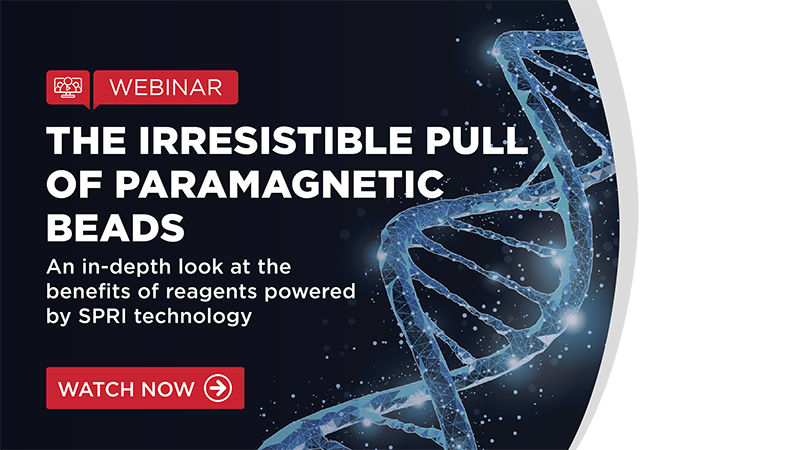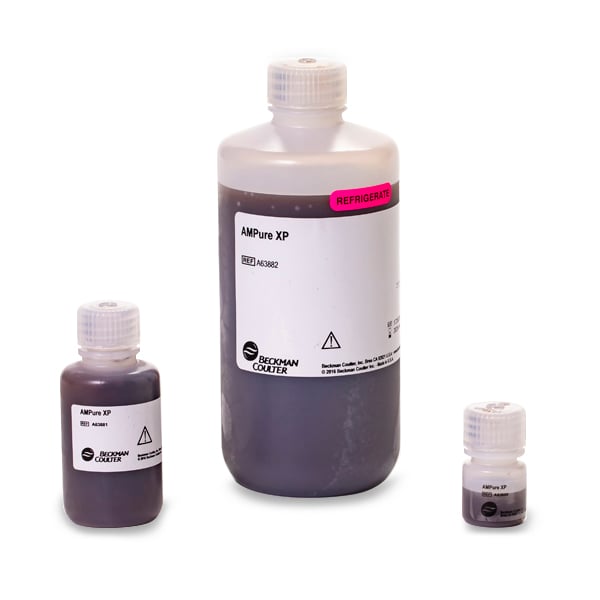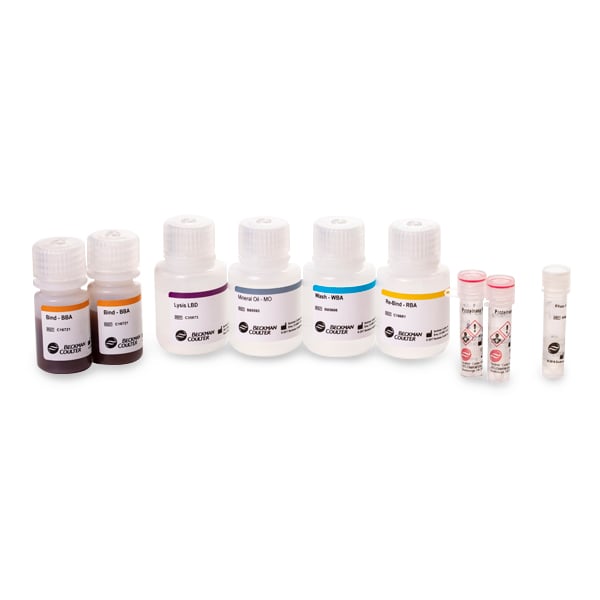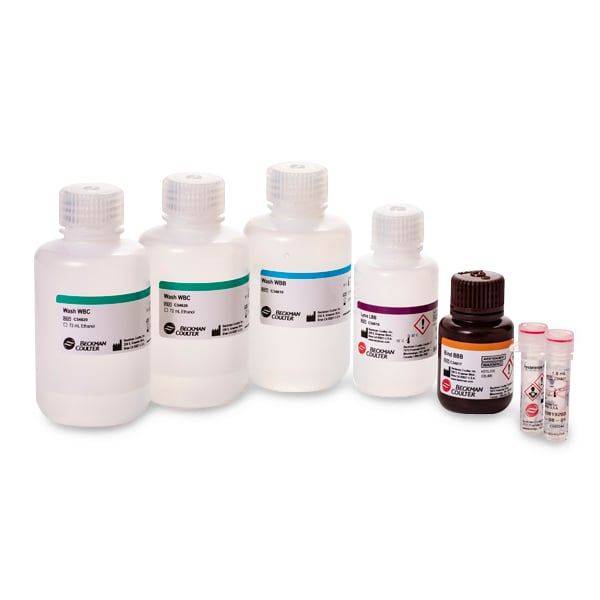SPRI Bead-Based Technology Overview
How Do SPRI Beads Work?
Developed at MIT’s Whitehead Institute in the 1990s, this technology has played a crucial role in the Human Genome Project, particularly in PCR product purification for Sanger sequencing protocols.
The power of SPRI technology is harnessed in our genomic reagents, enabling them to produce high-quality nucleic acid samples and deliver reliable and accurate results in genomic research. The samples produced support various applications such as qPCR, ddPCR, Sanger sequencing, next-generation sequencing (NGS), and microarray analysis.
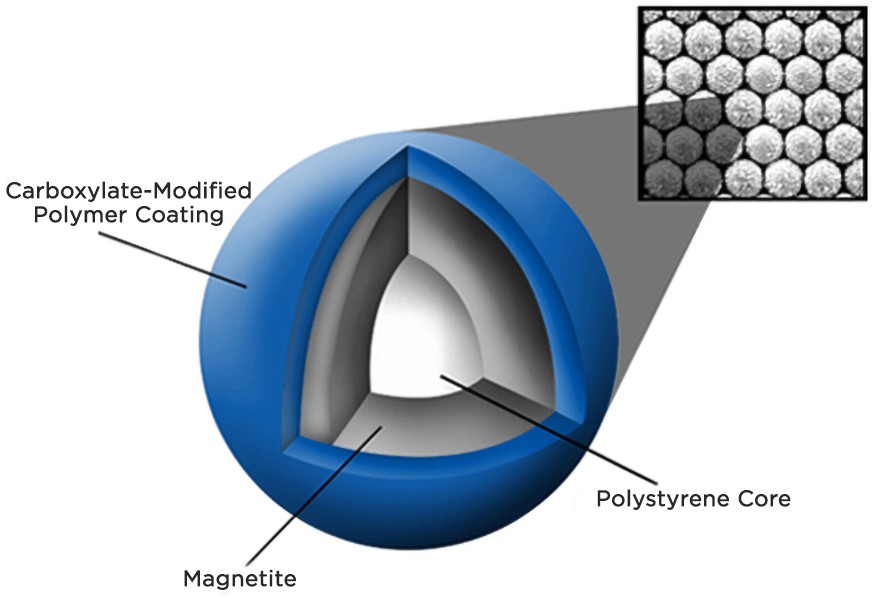
Anatomy of SPRI Beads
Each SPRI bead is 1 µm ± 8% in size, and consists of a buoyant polystyrene core surrounded by a thin layer of magnetite making it paramagnetic and easily manipulable with a magnetic field. On the surface, SPRI beads are coated by carboxyl molecules providing the charge groups for DNA binding.
Being an integral component of SPRI reagents, SPRI beads provide solid support for nucleic acid binding. Two main features of our genomic reagents help SPRI beads perform their functions:
- A crowding agent forces nucleic acids of a specific size out of the solution.
- A binding buffer provides salt ions and adjusts pH to facilitate the binding of nucleic acid and beads.
What Makes SPRI Bead-Based Reagents Unique
| Key Features | Benefits |
|---|---|
| Paramagnetic beads | Easily automated on liquid handlers, such as Biomek i-Series Automated Workstations, with no centrifugation or filtration needed |
| Uniform bead size | Highly reproducible results |
| Negatively charged surface | Elution with aqueous solutions without the use of chaotropic salts |
| Non-styrene polymer surface | Low non-specific binding |
| High surface area to mass ratio | Increased binding capacity |
| Fast magnetic response time | Rapid purifications |
| Size optimized | Low settling rates for automation applications |
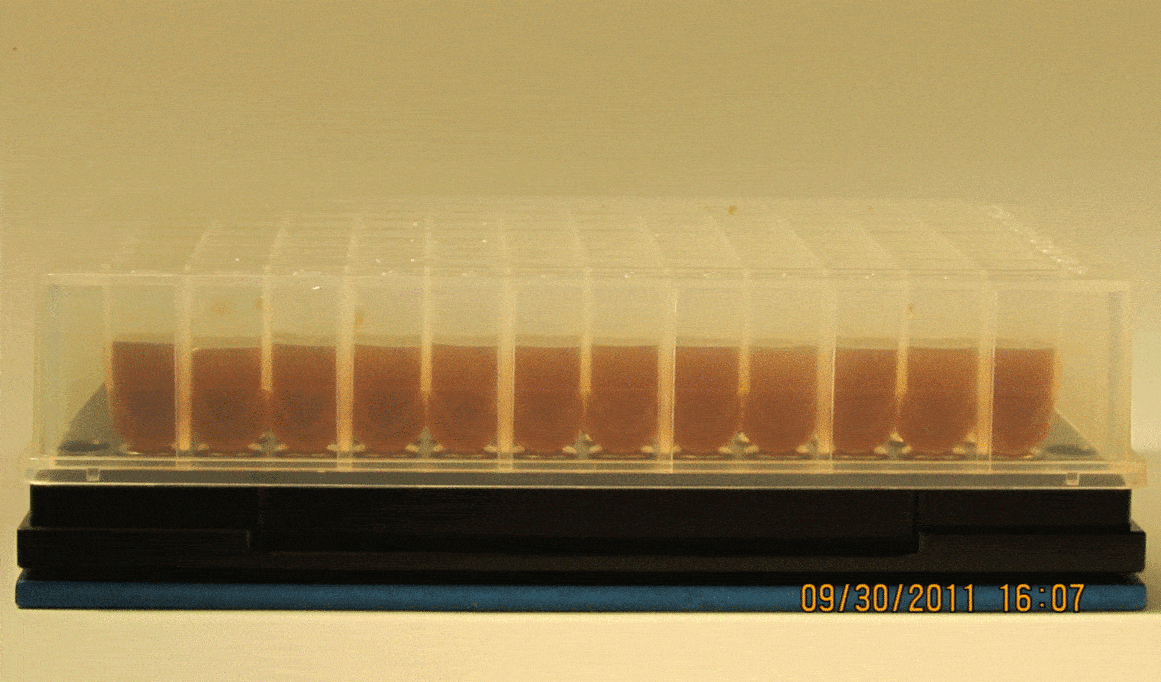
A time-lapse video showing how SPRI beads are anchored with a magnet plate during a manual DNA cleanup using the AMPure XP bead-based reagent in a 96-well plate.
SPRI Bead-Based Reagent Workflow
| STEP 1: BINDING | STEP 2: WASHING | STEP 3: ELUTION |
|---|---|---|
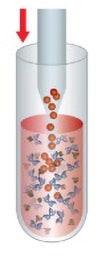 |
 |
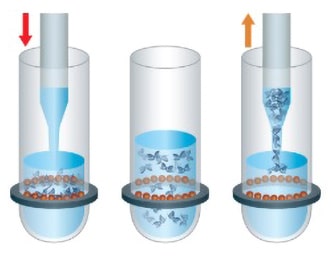 |
| SPRI beads are directly added to sample reactions. In the presence of proprietary buffer, nucleic acids bind to bead surface. | A magnetic field is used to pull the microparticles out of solution. Contaminants are aspirated and microparticles are thoroughly washed. | Purified nucleic acids are easily eluted from the microparticles under aqueous conditions, which provides maximum flexibility for downstream applications. |
Learn more about the advantages of SPRI technology
Watch this webinar as we take an in-depth look at the benefits of reagents powered by SPRI technology and offer up insights about:
- The advantages of bead-based nucleic acid extraction or cleanup
- Which applications are improved with the use of SPRI beads
- How to incorporate SPRI beads into your workflow
- Finding the right reagent for your workflow
These products are not intended or validated for use in the diagnosis of disease or other conditions.



